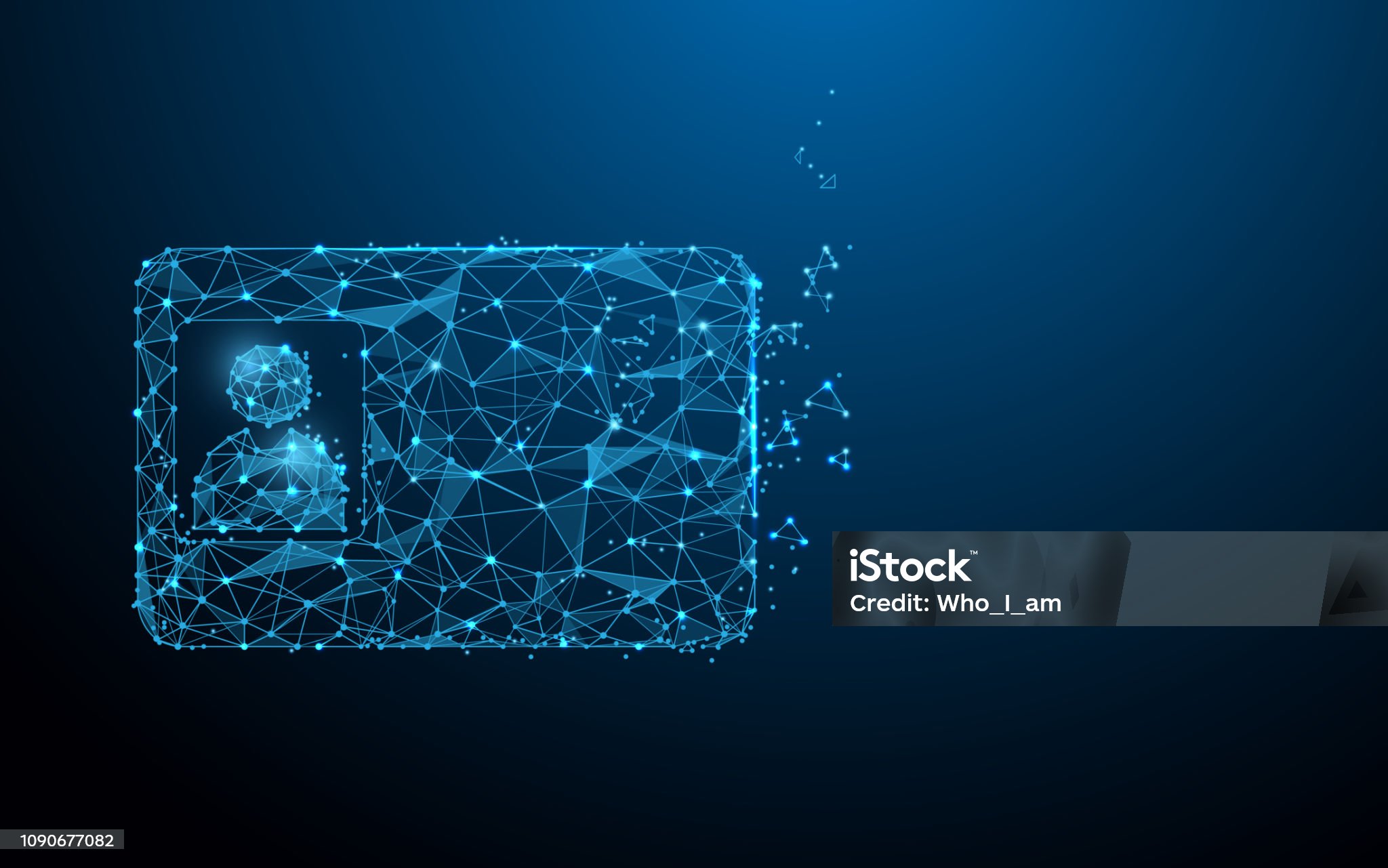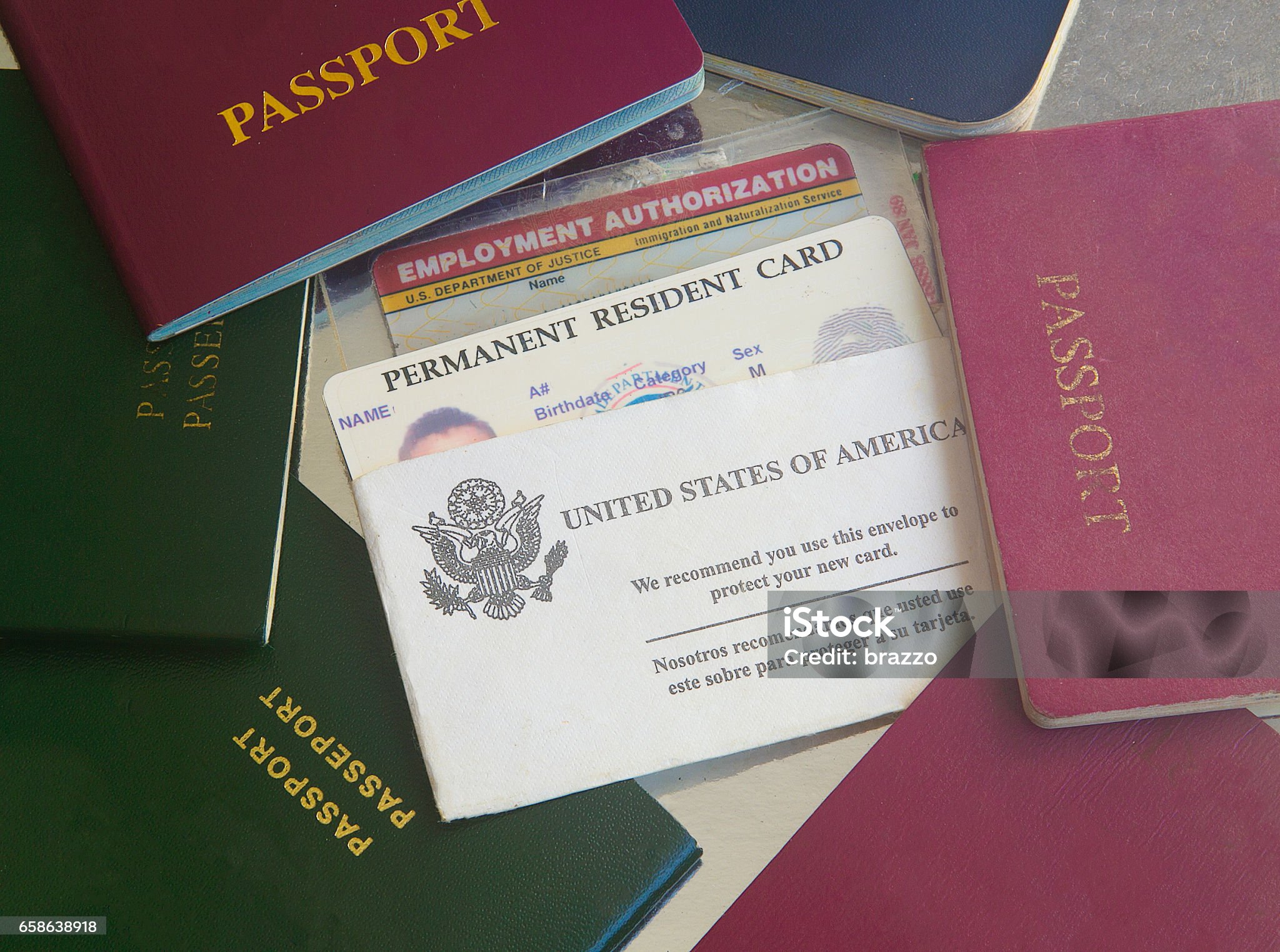Thorough Exploration of Legal and Regulatory Guidelines for Identification Documents and Their Impact on Identity Verification
Thorough Exploration of Legal and Regulatory Guidelines for Identification Documents and Their Impact on Identity Verification
Blog Article

1. Introduction to Identification Documents
Identification documents play an essential role both for individuals and society. Serving as "permissions" and "access tools," these documents help society run efficiently when widely accepted and available. There are different kinds of identification documents, and each of them signifies a particular aspect. For example, a copyright serves as proof that a person can legally drive, while a copyright verifies citizenship and facilitates international travel. Such documents hold significant personal importance and facilitate transactions such as employment, services, insurance acquisition, and car rentals. Many times, financial institutions might wish to view such documentation if the borrower appears unreliable or does not have a very strong credit history. Such identification serves dual purposes: proof of identity and legal authorization for various activities.
Identification documents weren't always as integral to daily life as they are in modern times. The importance of these documents has expanded in response to evolving legal standards and security needs. Advances in information technology allow organizations to create highly secure systems that surpass the ID technologies accessible to the public. Numerous nations are adopting biometric technology to standardize identification cards. A few countries have implemented electronic exit strategies.
Personal identification documents act as formal proof of legal status. Globally recognized identification forms, such as passports, copyright, copyright, and driver's licenses, are considered valid at both national and international levels. People often keep these important identification papers safely secured so that they can readily access them at a moment's notice.
This discussion focuses on the importance and legitimacy of documents like the IDP, Real ID, copyright, copyright, copyright, and resident permits to raise awareness about their significance. Both educators and the public ought to be aware of these key identification papers, as it could be useful in preventing the loss or aiding in the recovery of such essential items. This information is intended for both domestic and international readers to ensure they do not miss the most important documents they need for their own knowledge and ideals.
2. Legal Structures and Rules Overseeing Identification Documents
The governance of identification documents depends on jurisdiction-specific laws and rules. These documents are given to individuals by issuing authorities following rules to ensure accuracy and authenticity. In some cases, identification documents may be required, but in other instances, they are used as optional verification or validation. The individual must comply with the regulations for the jurisdiction where the document is intended to be used. In summary, it is important for individuals to understand the local or specific legal requirements that apply to them in any jurisdiction where they expect or plan to carry out any transaction or to use such documents. Primarily, local and state government bodies regulate, issue, and control the use of certain identification documents for particular transactions.
The varying requirements of each jurisdiction and reasons for identification documents, may clash with the necessity for international travel and business operations. It is, therefore, a global concern when people experience confusion or alienation when traveling internationally due to a lack of understanding of identification document rules. While it is impractical to list the identification rules for every country here, it is crucial to recognize that with almost 200 nations and billions of people interacting, understanding the rules is important for global travel and commerce. By not following the rules, individuals may find themselves in conflict with another country’s laws, and that is where the rules of reciprocity and international legality must be applied. Failure to comply with such rules may lead to both civil and criminal penalties for violating laws related to privacy, identity, commerce, trade, or even human rights.
Public policies and protected rights can sometimes clash when creating security regulations for travel IDs. In some cases, human rights can come into conflict with public security measures regarding the most secure identification rules needed to combat terrorism. In recent years, the introduction of digital mobile driver’s licenses has pushed countries to clarify or draft laws governing their usage, as technology in this area continues to advance. The next frontier for global travel may lie in the widespread use of digital identification documents. Despite the shift towards mobile driver’s licenses, the use of passports is expected to persist well into the future. 
The standard and evolution of mobile driver licenses and digital ID are also undergoing rapid change. For example, almost two years after California passed its law defining mobile copyright requirements, stakeholders are about to agree on formal regulations for the first state-sponsored mobile copyright.
3. Comparative Analysis of International Driver’s License, Real ID, copyright, copyright, copyright, and Resident Permit
The International Driver’s License acts as an identification document for those driving abroad Neither the United Nations nor the International Non-Governmental Organization designed the International Driver’s License for the purpose of traveling between states.
The Real ID, as an identification, would primarily have a function such as being a widely acceptable identification to board domestic IDP flights, and functions alongside state driver’s licenses and ID cards that meet national standards. The Real ID can also be employed to gain access to federal buildings and nuclear facilities. It is important to note that the Real ID is not a substitute for travel documents like passports, visas, or resident permits. Though some people may use it abroad as an identification and date of birth document, the Real ID is primarily used to travel domestically.
More specifically, passports in the U.S. are considered a primary form of identification, not a derived one. A copyright is largely an instrument of foreign policy; it was made to protect citizens from arrest or to help them travel and attend non-obligatory meetings to negotiate treaties or other matters of common concern. This is the official, often administrative, use. Of course, the copyright has bureaucratic as well as personal applications. In order to travel abroad, especially across state borders, but in some states inter-regionally, the traveler is required to not only hold a copyright but also fulfill additional conditions.
The copyright is an official document provided at birth, which is necessary to obtain passports and other types of identification. In comparison, a copyright and a copyright would seem to serve the same general purpose. However, a copyright has ongoing effects. Additionally, while a copyright is used to acquire a copyright, it does not result in a “second copyright”. It is irrelevant to the second copyright unless the traveler intends to pursue an unlawful second nationality.
4. Security Elements and Fraud Prevention in Identification Documents
Several security measures are in place to prevent the counterfeiting, modification, and fraudulent usage of identification documents. Many identification documents utilize features such as holograms, multi-layered images, and laser engravings for enhanced security. Other cards may feature RFID chips that store digital images and biometric data.
Many security features are covert or semi-covert, like special inks or designs, watermarks, and microtext. Such security features are put in place to make ID documents extremely hard to copyright or alter. 
Typically, the security level of an identification document needs to match the trust or authority level it represents. For instance, a copyright doesn’t need the same high-level security features as a copyright, which is primarily used for international travel.
Technological progress has enabled the development of increasingly complex security features for identification cards. It is important to continuously implement and update security features and issuance methods to outpace counterfeiters and fraudsters.
Additionally, constantly assessing existing and new security features and issuance techniques is critical. This ensures that they keep pace with the ever-changing threats and advances that could compromise the security of the document.
A robust anti-fraud security system should emphasize both preventive and responsive measures. Proactive strategies include actions such as education, public campaigns, service announcements, and security-focused events or workshops.
5. Final Thoughts and Emerging Trends in Identification Document Technology
This article examines the diverse forms of identification documents found around the world. It is important to see ID not only from the point of view of the technical level (multiple security features, function to verify, government and issuance bodies that could verify, etc.), but also from a legal standpoint, focusing on how these documents hold up in courts for verification.
Research reveals differing views on what makes an identification document effective and how its verification utility can vary by location. It would also be interesting to use ethnography to show that what a good document might be according to the country of origin could be very different. Comparative work also provides insight into how the legitimacy of identification documents can vary even in countries with similar political, social, and economic systems.
Future trends in identification documents are being transformed by new digital and technological advances. Digital technology is helping to advance the functionality and security of traditional documents such as eIDs, keeping pace with mobile phone trends. Key developments in this technological shift involve biometrics and blockchain technology as part of secure identification systems.
Biometrics and its “liveness” function will capture biometric data during direct interaction with the enrolling authority, ensuring identity accuracy and reducing the risk of digital identity fraud. It will go beyond our basic human rights recognized by international law and several constitutions. This access should be kept as private as possible and subject to individual consent.
Digital identity systems might contribute to exclusion, particularly for individuals who do not have easy access to digital identification systems. Many people struggle to gain access to digital identity systems, especially in certain regions. A so-called “identity gap” is being discussed as a result of technology, which has created disparities in access to identity verification for different areas of life.
Digital identity systems should be more systematically compared with physical identification documents. Besides verifying identities, digital identity systems also play a role in evaluating risk for a range of transactions. Further research is needed to examine how the rights associated with offline identification verification can be extended to digital identity scenarios.